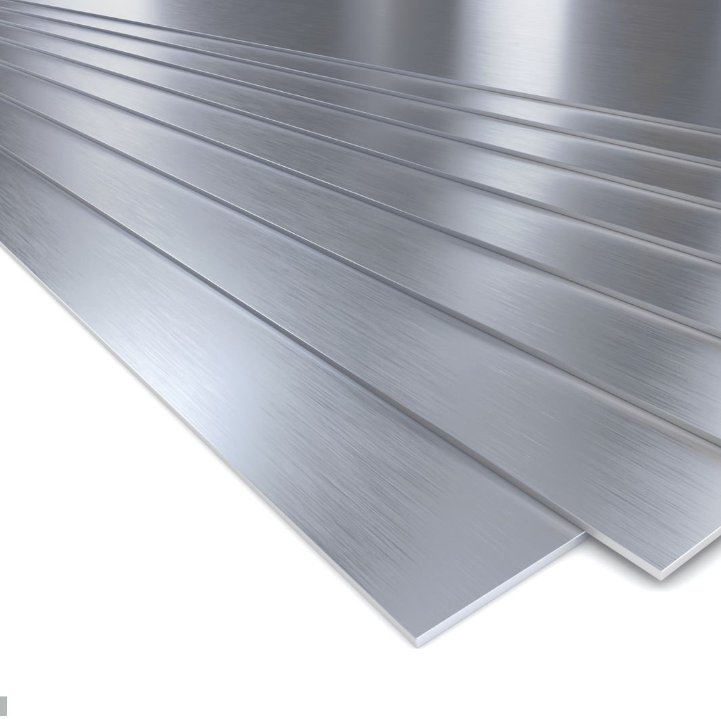
Custom Metal Part Material Selection - Stainless Steel
I. What is Stainless Steel?
Core Definition: Stainless steel is an alloy steel formed by adding alloying elements such as chromium (Cr), nickel (Ni), and molybdenum (Mo) to ordinary carbon steel. The chromium content is typically at least 10.5%, which is key to its corrosion resistance.
Core Characteristics: The dense chromium oxide film (passivation film) formed by the reaction of chromium with oxygen prevents further corrosion of the underlying metal. It also possesses sufficient strength, toughness, and processability to meet the diverse needs of custom metal parts.
Common Classifications: Based on their crystal structure, stainless steel can be categorized as austenitic stainless steel (such as 304 and 316), ferritic stainless steel (such as 430), and martensitic stainless steel (such as 410). Different types have varying performance characteristics, corresponding to different customization scenarios.

II. Applications of Stainless Steel in Custom Metal Parts
Food and Medical Industries: Austenitic stainless steel (such as 304) is widely used in stamped parts for food processing equipment (such as conveyor rails and mold components) and precision custom parts for medical equipment (such as surgical instrument components and sterilization equipment connectors) due to its corrosion resistance, easy cleaning, and lack of toxin release.
Industrial Manufacturing: Martensitic stainless steel (such as 410), due to its high strength, is suitable for customized transmission parts and valve cores in mechanical equipment. Ferritic stainless steel is commonly used in stamped duct fittings and heat exchanger metal parts for ventilation systems.
Architectural Decoration: Stainless steel, with its aesthetic and weather-resistant properties, can be made into customized decorative parts (such as curtain wall connectors, railing accessories), signage metal frames, and more through stamping and bending processes.
New Energy and Automotive Industries: 316 stainless steel, due to its acid, alkali, and high-temperature resistance, is used in customized electrode assemblies for new energy batteries. In the automotive industry, stainless steel is used to make stamped exhaust system parts and chassis connectors.
III. Advantages and Disadvantages of Choosing Stainless Steel for Custom Metal Parts
(I) Advantages
Excellent Corrosion Resistance: The protective effect of the passivation film allows it to withstand a variety of complex environments, such as moisture, acidity, and alkalinity, significantly extending the service life of custom metal parts and reducing maintenance costs.
Good Processability: Most stainless steels are compatible with common processing techniques such as metal stamping, cutting, welding, and bending, enabling precise realization of the complex shapes and dimensions required for custom parts.
Stable Mechanical Properties: Different types of stainless steel offer properties such as high strength, high toughness, or wear resistance, allowing for flexible selection based on the load requirements of the part, meeting industrial-grade standards.
Excellent Appearance and Environmental Performance: The surface can be treated to effects such as mirrored and brushed, offering both aesthetic appeal. Stainless steel is also recyclable, aligning with environmentally friendly production practices.
(II) Disadvantages
Relatively High Cost: Compared to ordinary carbon steel, stainless steel has higher raw material prices due to the addition of alloying elements, leading to higher manufacturing costs for custom parts.
Varied Processing Difficulty: Some high-strength stainless steels (such as martensitic stainless steels) require greater pressure during metal stamping and are prone to work hardening, placing higher demands on equipment and processes.
Slightly heavier than aluminum alloy: In scenarios where lightweight parts are extremely important (such as small aerospace parts), the weight disadvantage of stainless steel is more obvious.
IV. Issues to be noted in the production of stainless steel parts (including metal stamping)
Model matching is a prerequisite: Select the corresponding model based on the use environment of the part (such as whether it is exposed to acid and alkali), stress conditions (such as whether it is load-bearing) and processing methods (such as whether high-precision stamping is performed). For example, 304 is preferred for food-grade parts, and 410 is optional for high-strength stamping parts.
Key points of stamping process control:
(1) Before stamping, the surface of the stainless steel plate needs to be cleaned to remove oil and oxide scale to avoid affecting the stamping accuracy and part quality.
(2) Adjust the pressure and speed of the stamping equipment according to the hardness of the stainless steel. For models that are easy to harden, step-by-step stamping or intermediate annealing can be used to prevent part cracking.
(3) Select wear-resistant stamping die materials (such as carbide) and lubricate the die regularly to reduce die wear and part scratches. Welding and Connection Quality Control: Stainless steel welding is prone to intergranular corrosion. Choosing matching welding materials (e.g., using 308 welding wire for 304 parts) and controlling welding temperature and cooling rate are crucial. Avoid excessive force during bolting, which can cause deformation.
Surface Treatment and Protection: Surface treatment (such as passivation, electroplating, and brushing) is performed as needed to enhance corrosion resistance and aesthetics. After processing, weld slag and burrs must be promptly removed from the part surface to prevent rust during subsequent use.
Dimensional Accuracy and Inspection: Dimensional spot checks are implemented during each processing step, including stamping and cutting. Calipers, projectors, and other equipment are used to ensure that part dimensions meet custom tolerances. Finished products undergo corrosion resistance testing (such as salt spray testing) to verify performance meets standards.

